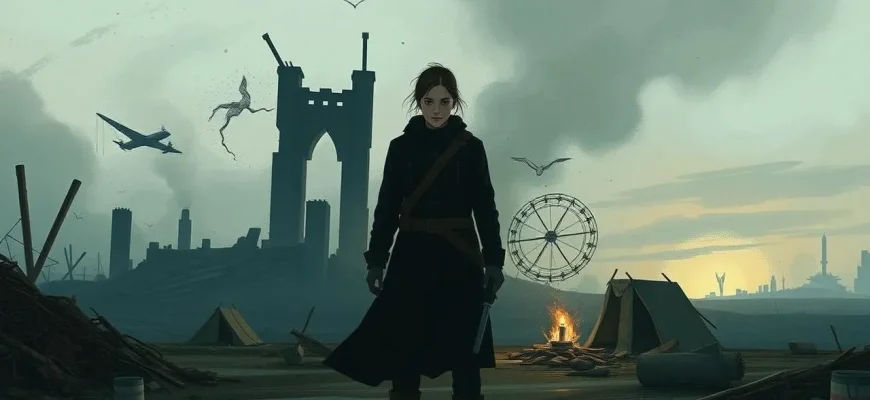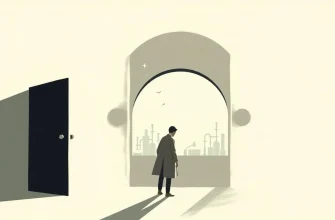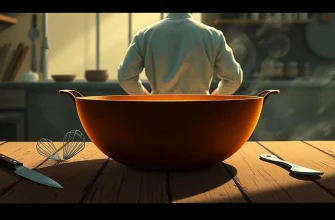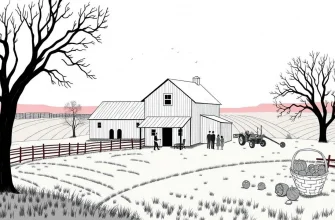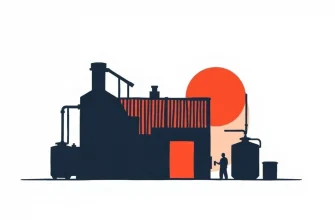In the face of cataclysmic events, the human spirit often shines brightest. These films delve into the harrowing tales of survival, showcasing the resilience, ingenuity, and sometimes, the darker sides of humanity when pushed to the brink. From nuclear winters to pandemics, these stories not only entertain but also provoke thought on what it truly means to survive. Here's a curated list of 10 dramatic films that explore the theme of surviving after a cataclysm.
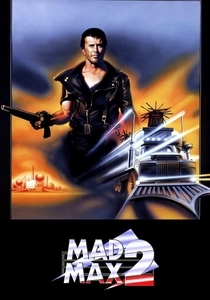
The Road Warrior (1981)
Description: In a world ravaged by nuclear war, Max Rockatansky helps a group of survivors escape from a gang of marauders, showcasing the struggle for survival in a lawless wasteland.
Fact: The film's budget was significantly lower than its predecessor, leading to innovative cost-saving measures in production. It was a major influence on the post-apocalyptic genre.
 Watch Now
Watch Now 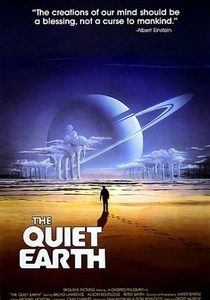
The Quiet Earth (1985)
Description: After a mysterious event causes most of humanity to vanish, a scientist must navigate a world where he might be the last man alive, exploring themes of isolation and survival.
Fact: The film was shot in New Zealand, taking advantage of its diverse landscapes to depict a deserted world. It's considered a cult classic in the sci-fi genre.
 Watch Now
Watch Now 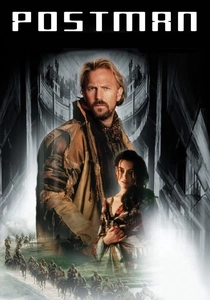
The Postman (1997)
Description: In a post-apocalyptic America, a drifter assumes the role of a postman, restoring hope and communication among isolated communities, symbolizing the rebirth of civilization.
Fact: The film was based on David Brin's novel of the same name. It was one of Kevin Costner's passion projects, though it received mixed reviews upon release.
 Watch Now
Watch Now 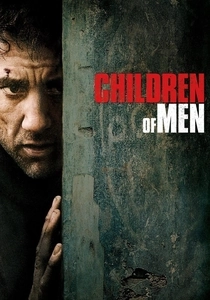
Children of Men (2006)
Description: Set in a dystopian future where humans can no longer procreate, the film follows a former activist who must protect the only pregnant woman on Earth, symbolizing hope for humanity's survival.
Fact: The film was shot in a documentary style to enhance realism. The famous single-take battle scene took several days to film.
 Watch Now
Watch Now 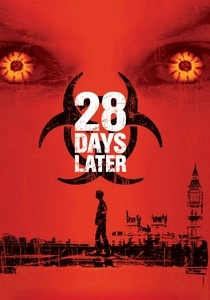
28 Days Later (2002)
Description: A group of survivors must navigate a Britain overrun by infected, rage-fueled humans, highlighting the struggle for survival in a world turned upside down by a virus.
Fact: The film popularized the "fast zombie" trope in horror cinema. It was shot on digital video, which was relatively new at the time, giving it a raw, documentary feel.
 Watch Now
Watch Now 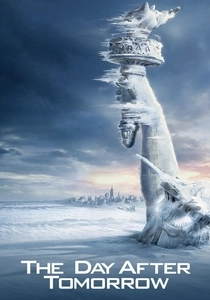
The Day After Tomorrow (2004)
Description: This film depicts a sudden global weather shift that triggers a new ice age, forcing survivors to adapt to extreme cold and navigate through a frozen New York City.
Fact: The film was criticized for its scientific inaccuracies, but it did spark discussions about climate change. It was one of the first major films to use CGI extensively for weather effects.
 Watch Now
Watch Now 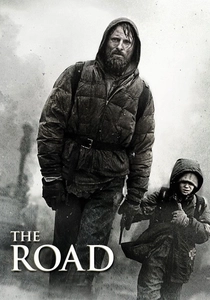
The Road (2009)
Description: A father and son journey through a post-apocalyptic world where society has collapsed, and they must navigate the dangers of starvation, cannibals, and the elements to reach the coast, where they hope to find safety.
Fact: The film was shot in various locations including Pennsylvania, Oregon, and Louisiana to capture the desolate landscapes. Viggo Mortensen lost significant weight to portray the emaciated father.
 Watch Now
Watch Now 
The Book of Eli (2010)
Description: In a post-apocalyptic world, a lone wanderer carries a book that holds the key to humanity's survival, facing numerous challenges and threats along his journey.
Fact: The film features a unique twist on the post-apocalyptic genre with its focus on a sacred text. Denzel Washington underwent extensive training for his role.
 Watch Now
Watch Now 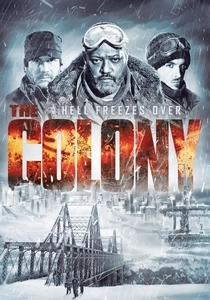
The Colony (2013)
Description: Survivors live underground after an ice age has wiped out most of humanity. They must venture to the surface to find food, facing the harsh environment and cannibalistic survivors.
Fact: The film was shot in a cold storage facility in Canada to simulate the icy conditions. It's loosely based on the short story "The Colony" by David Brin.
 Watch Now
Watch Now 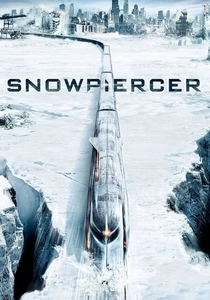
Snowpiercer (2013)
Description: After an attempt to stop global warming goes awry, the remaining survivors live on a perpetually moving train. Class warfare erupts as the lower-class passengers fight for equality.
Fact: The film was adapted from the French graphic novel "Le Transperceneige." It was Bong Joon-ho's first English-language film.
 Watch Now
Watch Now 
